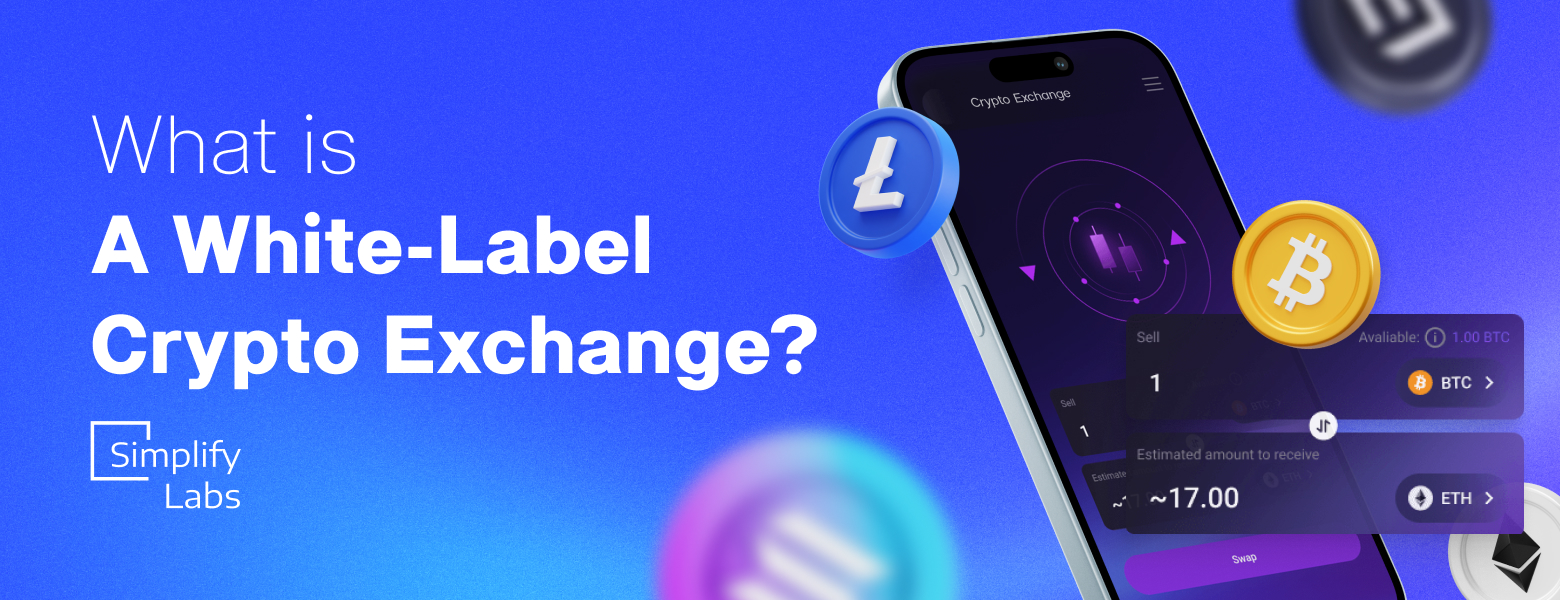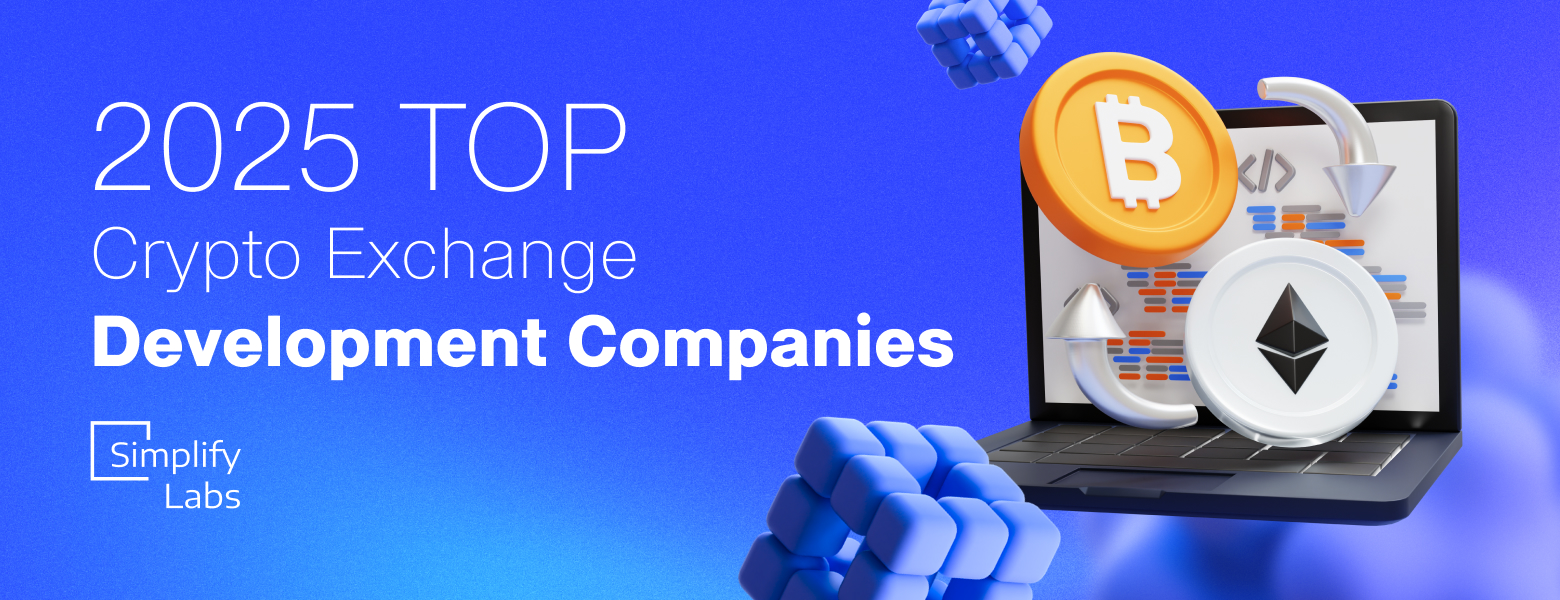Launching a cryptocurrency exchange from scratch is a massive challenge. It takes months (or even years) of development, a dedicated team of engineers, and a huge budget. Ensure security, regulatory compliance, and seamless user experience, and the process can become even more complex.
For many businesses, this means a delayed go-to-market strategy and missed opportunities in the fast-moving crypto industry.
But what if you could launch your own fully functional crypto exchange in just weeks instead of months? White-label solutions offer a way to cut development time by up to 70%, allowing you to focus on business growth rather than technical headaches.
In this article, we’ll explore:
- Why building an exchange from scratch is costly and time-consuming
- How white-label solutions work
- Key features to look for in a white-label exchange
- Real-world examples of businesses benefiting from white-label solutions
If you’re looking to enter the crypto exchange market quickly and efficiently, this guide will show you the smartest way.
The Problem: Why Building a Crypto Exchange from Scratch is Hard
Building a cryptocurrency exchange from the ground up is a massive, resource-intensive project. On average, it takes 12 to 24 months to develop a fully functional exchange, depending on its complexity. The development alone can cost anywhere between $500,000 to $2 million, factoring in hiring developers, security experts, legal consultants, and infrastructure costs.
A significant portion of this time and budget goes into the backend architecture. An exchange needs a robust matching engine to process buy and sell orders in real-time, ensuring users can trade without delays. Binance, for example, processes 1.4 million transactions per second, meaning any new exchange must build a system capable of handling high volumes without downtime. Even a short outage can lead to millions in lost transactions and a damaged reputation.
Security is another major challenge. In 2022 alone, crypto exchanges lost over $3.8 billion to hacks and exploits. Implementing multi-layer security measures like cold storage, two-factor authentication, and real-time fraud detection requires specialized expertise. Even large exchanges like Mt. Gox and FTX have collapsed due to security breaches and mismanagement, highlighting the risks involved in launching an exchange without a well-tested security framework.
Compliance and regulatory approval add another layer of complexity. Depending on the region, a crypto exchange must adhere to financial regulations such as AML (Anti-Money Laundering) and KYC (Know Your Customer) policies. In the US, obtaining a Money Services Business (MSB) license from FinCEN can take months, while in Europe, meeting MiCA (Markets in Crypto-Assets) requirements is essential for operating legally. Failure to comply can result in hefty fines or even shutdowns, as seen with Binance facing regulatory pressure in multiple countries.
Liquidity is also a critical issue. New exchanges struggle to attract enough traders to ensure smooth order execution. Without deep liquidity, users face high spreads and price slippage, making the platform unattractive for serious traders. Established exchanges like Coinbase and Kraken have spent years building liquidity partnerships, something a new exchange must either replicate or solve by integrating external liquidity providers—another costly and time-consuming process.
Beyond the technical and regulatory aspects, user acquisition is an uphill battle. Major exchanges spend millions on marketing, referral programs, and partnerships. FTX, before its collapse, spent over $100 million on sponsorship deals alone, including its naming rights deal with the Miami Heat’s arena. Competing against such giants requires a massive marketing budget, and without a strong user base, even the most well-built exchange will struggle to survive.
The Solution: How White-Label Crypto Exchanges Work
A white-label cryptocurrency exchange is a ready-made, fully functional trading platform that can be customized and launched under your brand.
Instead of spending months or years developing an exchange from scratch, businesses can deploy a white-label solution in just a few weeks, cutting development time by up to 70% and saving hundreds of thousands (or even millions) of dollars in costs.
How does it work?
White-label exchanges come with all the essential components pre-built. This includes:
- Trading engine: Handles order matching and execution in real-time, ensuring smooth and fast transactions.
- Liquidity integration: Connects to global liquidity pools, allowing traders to execute orders instantly without high spreads.
- Security framework: Built-in security measures like cold storage, two-factor authentication, DDoS protection, and anti-fraud systems.
- Regulatory compliance tools: Automated KYC/AML verification, transaction monitoring, and reporting tools to meet legal requirements in various jurisdictions.
- User-friendly interface: Fully customizable frontend with a branded UI/UX to match the company’s identity.
- Wallet infrastructure: Multi-currency wallets with hot and cold storage options for safe asset management.
Instead of building these elements separately and ensuring they work together, a white-label provider delivers a plug-and-play system, significantly reducing both development time and technical risk.
Why White-Label Exchanges Are a Game Changer
- Speed to Market
Building an exchange from scratch takes 12–24 months. With a white-label solution, it’s possible to launch within 4–6 weeks. This rapid deployment is critical in the crypto industry, where market trends shift quickly, and being early can make all the difference.
- Cost Savings
Developing an exchange in-house can cost between $500,000 and $2 million, considering software development, security implementation, legal compliance, and infrastructure. White-label solutions reduce these costs by up to 80%, offering a much more affordable path to launching a crypto business.
- Instant Liquidity
One of the biggest hurdles for new exchanges is liquidity — without it, traders face high spreads and slippage, making the platform unattractive. White-label exchanges come with built-in liquidity aggregation, meaning even a newly launched platform can offer competitive trading conditions from day one.
- Enterprise-Grade Security
Cybersecurity is a major concern, as crypto exchanges lost over $3.8 billion to hacks in 2022. White-label solutions come with bank-grade security, including multi-signature wallets, real-time fraud detection, and advanced encryption, minimizing risks.
- Regulatory Compliance Made Easier
Meeting global regulatory requirements is challenging, but white-label solutions offer integrated KYC/AML features, transaction monitoring tools, and reporting automation, ensuring compliance with major jurisdictions like the US, EU, and Asia.
- Custom Branding & Features
Unlike generic platforms, white-label exchanges allow businesses to fully customize the UI/UX, add unique trading pairs, and implement tailored features, creating a differentiated product without the complexity of building from scratch.
Who Can Benefit?
- Startups & Entrepreneurs – Looking to enter the crypto space with minimal technical overhead.
- Fintech & Payment Companies – Expanding into crypto services.
- Investment Firms & Brokers – Offering crypto trading to existing clients.
- Crypto Projects & DAOs – Launching niche, community-focused exchanges.
With a white-label exchange, businesses can skip the complexities of development and security implementation while focusing on growth, marketing, and user acquisition. Instead of reinventing the wheel, they get a proven, high-performance exchange that can scale as their business grows.
Fast-Track Your Crypto Business with White-Label Solutions
Simplify Labs is a technology provider specializing in white-label blockchain solutions designed to help businesses launch, scale, and optimize their cryptocurrency platforms with minimal development time. Whether you’re an entrepreneur, a fintech company, or a large enterprise looking to integrate crypto services, our turnkey solutions provide the foundation for a secure, compliant, and scalable digital asset ecosystem.
Crypto Exchange & OTC Trading Solutions
Our white-label crypto exchange is a fully customizable platform that enables businesses to offer secure and high-performance trading. It comes with a powerful matching engine, deep liquidity integration, and robust security protocols to ensure seamless trading experiences. For institutional and high-net-worth traders, we also provide a white-label OTC trading platform, allowing large-volume transactions with minimal slippage and optimal execution.
Crypto Banking & Payment Solutions
We offer a crypto banking infrastructure that bridges the gap between traditional finance and digital assets. Businesses can integrate crypto-friendly banking services, including crypto-fiat transactions, multi-currency wallets, and payment gateways. This makes it easier for companies to accept, store, and manage digital assets while remaining compliant with financial regulations.
Liquidity Hub for Market Efficiency
Liquidity is one of the biggest challenges in the crypto industry. Our Liquidity Hub ensures that new exchanges and trading platforms have immediate access to deep liquidity, reducing order slippage and improving market efficiency.
Telegram-Based Crypto Solutions
For businesses looking to expand their services beyond web and mobile applications, we offer Telegram-integrated crypto solutions. Our Telegram Bot and Telegram App enable seamless crypto trading, payments, and customer engagement directly within the messaging platform, offering a familiar and user-friendly experience for traders.
Final Thoughts
At Simplify Labs, we focus on speed, security, and scalability. Our white-label solutions eliminate the complexities of blockchain development, allowing businesses to go live faster, reduce operational costs, and stay ahead in the competitive crypto market. Whether you need a full-scale exchange, an OTC desk, a liquidity hub, or integrated banking solutions, we provide everything you need to succeed in the digital asset space.






